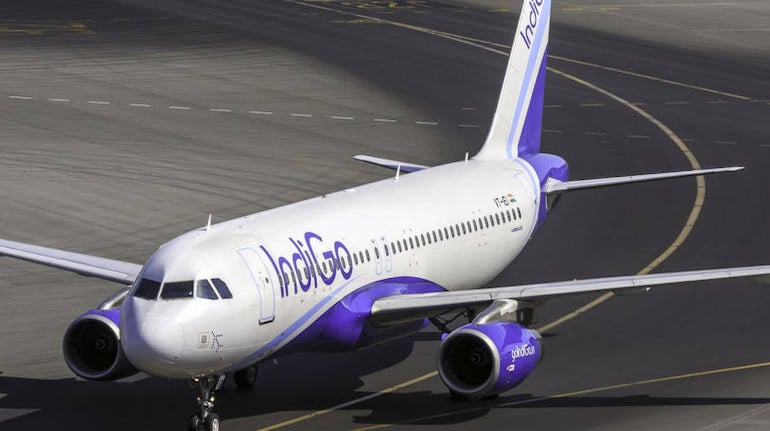



India's biggest domestic carrier IndiGo reported a loss of Rs 1,435.6 crore in the September quarter, translating to losing Rs 15.77 crore a day. This is less than half of what it was in the first quarter when the country experienced its worst spike in COVID-19 cases.
The airline has stayed away from projecting future loads or capacity in the last few quarters. But when it announced its September quarter numbers on October 28, the airline gave an indication that its projected load factor for the month could be around 76 percent.
There is a significant improvement in the revenue side, with traffic coming back and also revenue coming in from cargo operations.
Surprising as it may seem, booked revenue for October is the same as that for January 2020, which was pre-COVID. What is surprising and interesting is that it comes at a 20 percent lower capacity than January 2020.
The increased revenue is a combination of fare caps, which ensured that average fares remain high since they cannot go below a certain level at the last minute, pent-up demand as international flights are limited and will lead to higher pricing when new destinations open up.
The airline is looking at a two-pronged strategy on the cost and revenue side to improve the finances.
Apart from expecting permissions to fly to Singapore, Malaysia and Saudi Arabia—either under a new air- bubble agreement or some other arrangement the government comes up with—it is also expecting to put more capacity in the market.
With the capacity caps gone, adding more capacity and activating more flights will help reduce the cost per seat.
The airline has said it is seeing recovery across segments. Corporate travel is back to 50 percent of pre-COVID levels, with MICE picking up faster than other segments.
Pre-COVID, 24 percent of the overall business of the airline was contracted corporate business. The booking curves are also coming back to pre-COVID levels, helping with cash coming in from future sales.
As corporate travel comes back, the airline will look at adding more flights on metro sectors and continue to expand on non-metro ones, while selectively looking at when and where international opportunities open up.
Cost pressuresFuel prices have gone up from $65 per barrel in January 2020 to $85 per barrel now. Fuel expenses amounted to 27 percent of the total costs for the airline in the September quarter. As a lot of costs are dollar-denominated, a further slide in the rupee would impact the airline further.
IndiGo is exploring ways to see if certain expenses, which are dollar-denominated, can be insourced to India.
The government has been trying to start leasing from GIFT city and additionally look for incentivising maintenance repair and overhauls (MROs) and engine shops. All of this will have a positive impact but is a long-term strategy.
Fleet renewal continuesThe airline inducted 15 aircraft in 12 weeks—eight A320neo, three A321neo and four ATR 72-600 with a net addition of two aircraft in the quarter as it returned 13 A320ceo aircraft.
Many more A320ceos are parked at various MROs across the world and effectively the airline has been operating an efficient operation helping reduce costs.
As the cost of fuel goes up, a switch to all NEO fleets will help the airline to be competitive.
The airline has 14 planes which it owns. It had plans for a few more aircraft to be owned but the first goal now is to repair the balance sheet. The airline will invest in ensuring that financials shape up well before planning to invest in airframes again.
CompetitionThe management also answered questions about the competition. Speculating on Tata group’s plan for Air India, the management laid out how it would differentiate itself from Tata, as they both compete in different markets with IndiGo not looking at a widebody right now.
The management also opened up on Akasa and the Ultra Low Cost Carrie model, making a strong pitch that the airline will match any move by competition as allowed by regulations, including charging for baggage.
Tail NoteIndiGo’s results were better year-on-year as well as sequentially. Yet, it has seen a significant increase in supplemental rentals and aircraft repair and maintenance. This is likely to be from the redelivery costs and maintenance for its older A320ceo which go for an engine shop visit. As the airline transitions to all NEO fleet on the Airbus family, this is likely to go further down.
But, the airline is not yet out of the woods and the third quarter will dictate the future course. A third wave, travel recovery and vaccination are likely to be the buzzwords.
Discover the latest Business News, Sensex, and Nifty updates. Obtain Personal Finance insights, tax queries, and expert opinions on Moneycontrol or download the Moneycontrol App to stay updated!
Find the best of Al News in one place, specially curated for you every weekend.
Stay on top of the latest tech trends and biggest startup news.